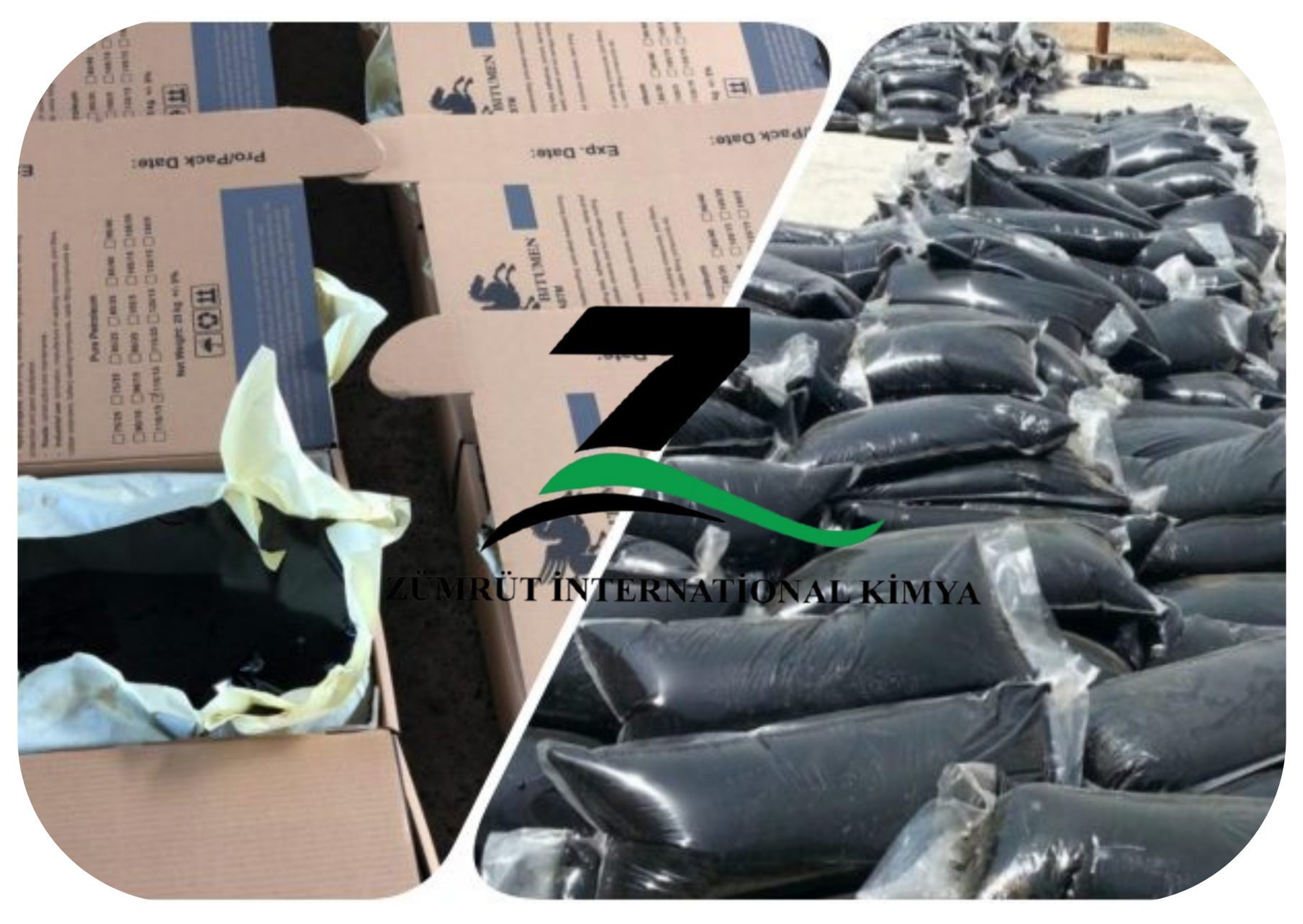
Comparing Blown Asphalt 115/15 and 85/25 reveals notable differences in their characteristics and applications, despite both being widely used types of Blown Asphalt across various industries.
Softening Point and Penetration Rate
he primary distinctions between Blown Asphalt 115/15 and Blown Asphalt 85/25 lie in their softening points and penetration rates, which directly influence their suitability for various applications.
Blown Asphalt 115/15
With a high softening point of 115°C and a low penetration rate of 15/10 mm, Blown Asphalt 115/15 is a hard, durable material highly resistant to deformation. Its robustness makes it ideal for applications that demand extreme thermal stability and resistance to temperature fluctuations. Due to its rigidity, it is widely used in industrial and construction projects requiring long-lasting performance, such as waterproofing, pipe coating, and high-temperature environments.
Blown Asphalt 85/25
In contrast, Blown Asphalt 85/25 has a lower softening point of 85°C and a higher penetration rate of 25/10 mm, making it significantly more flexible. This flexibility allows it to withstand moderate temperature variations and adapt to environmental changes. Its ability to expand and contract under shifting conditions makes it particularly well-suited for roofing, road paving, and waterproofing applications, where materials must endure both thermal expansion and mechanical pressure. Additionally, its elasticity enhances resistance to cracking and softening due to temperature fluctuations, ensuring long-term performance in demanding environments.
Operating temperature
In terms of performance temperature, bitumen 115/15 performs better at high temperatures due to its higher softening point, and for this reason, for applications such as industrial coatings, road construction, and some construction projects that are exposed to direct heat or hot weather conditions. It is suitable. Blown Asphalt 85/25 with a lower softening point and greater flexibility performs better in situations where there is a need for greater flexibility and resistance to temperature changes.
Therefore, this type of bitumen is more useful in projects that require greater adhesion and flexibility against movement and seasonal changes, such as sealants, pipe coatings, and asphalt coatings in moderate temperatures or colder areas.
Comparing Blown Asphalt 115/15 and 85/25 Flexibility
In terms of flexibility, 85/25 bitumen is more flexible than 15/115 bitumen due to its higher penetration and lower softening point, and it can better withstand mechanical stress and lower temperature. This feature makes 85/25 bitumen more suitable for projects that require flexibility and adaptation to changing conditions.
Conclusion of Comparing Blown Asphalt 115/15 and 85/25
In general, bitumen 115/15 is more known as bitumen with excellent performance at high temperatures and requires hardness and resistance to extreme temperature changes, while bitumen 85/25 is more flexible in moderate temperature conditions and areas with More temperature changes and the need for better adhesion are used. Finally, the choice of bitumen type depends on the environmental conditions and the specific needs of the project.
At ZUMRUT KIMYA, our goal is to help you make the best choice in buying oxidized bitumen. For this purpose, we have made a detailed comparison between oxidized bitumen 115/15 and oxidized bitumen 85/25 so that you can more easily find the right grade for your needs. At ZUMRUT KIMYA, our effort is to provide you with a comfortable and successful shopping experience by providing expert advice and comprehensive information. If you have any questions, you can ask our sales team.

